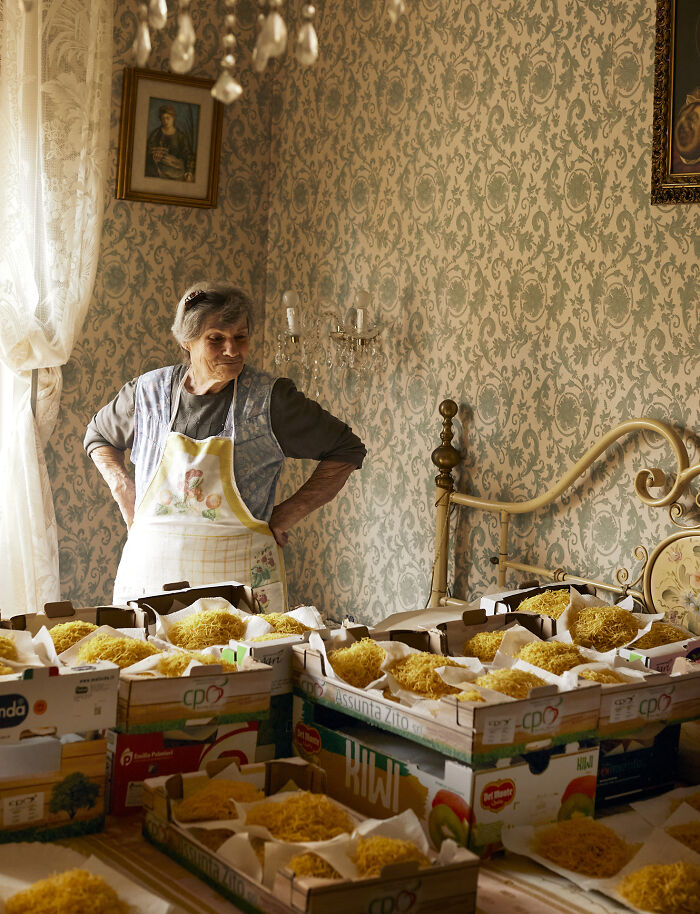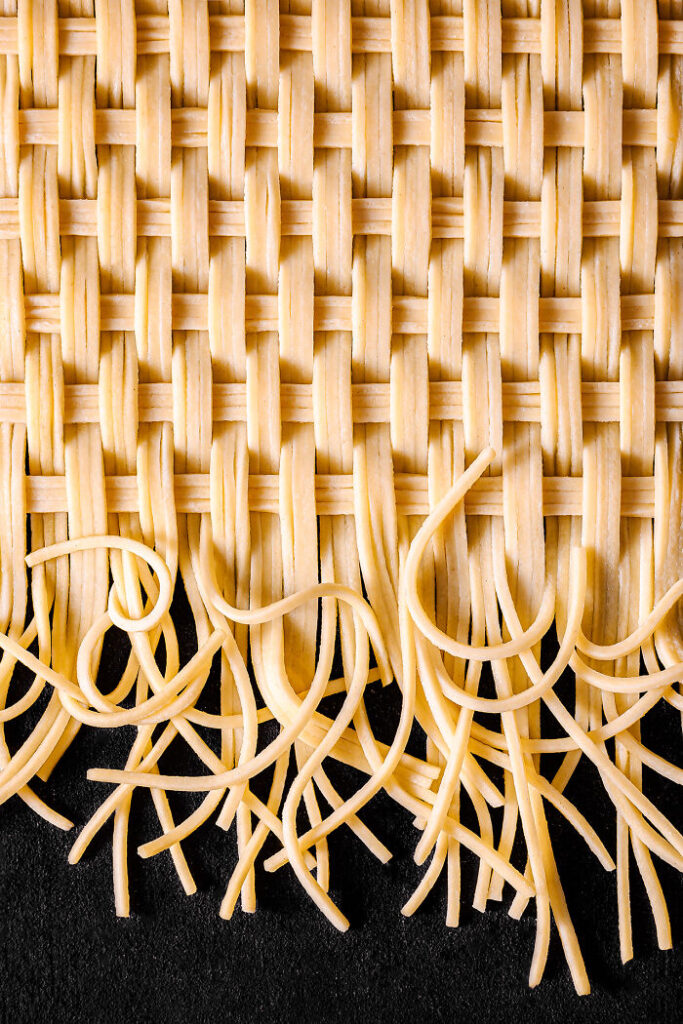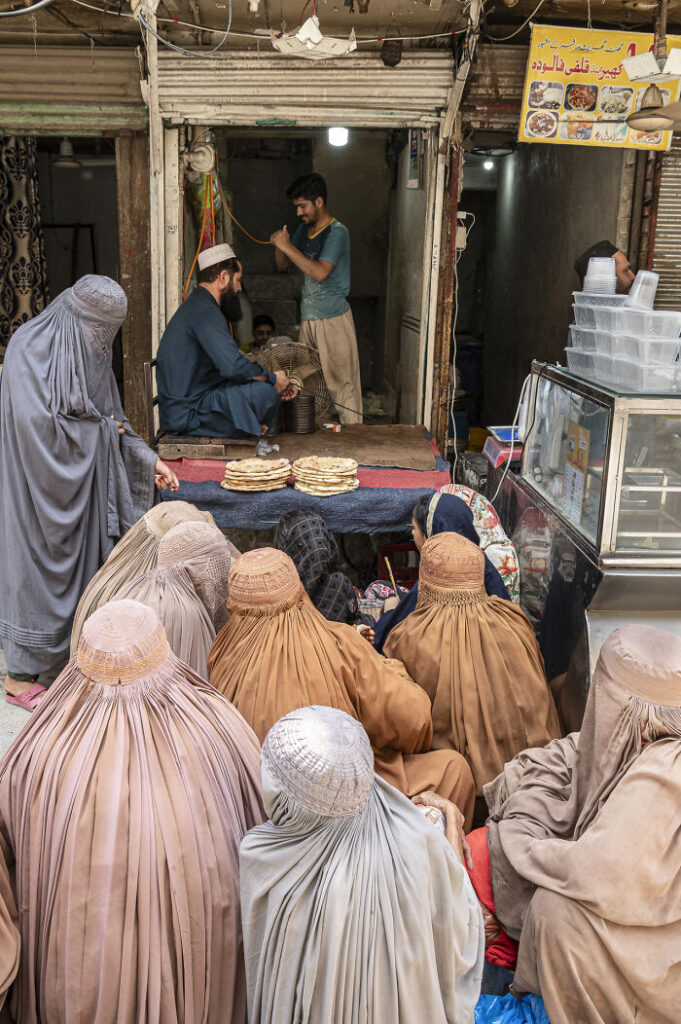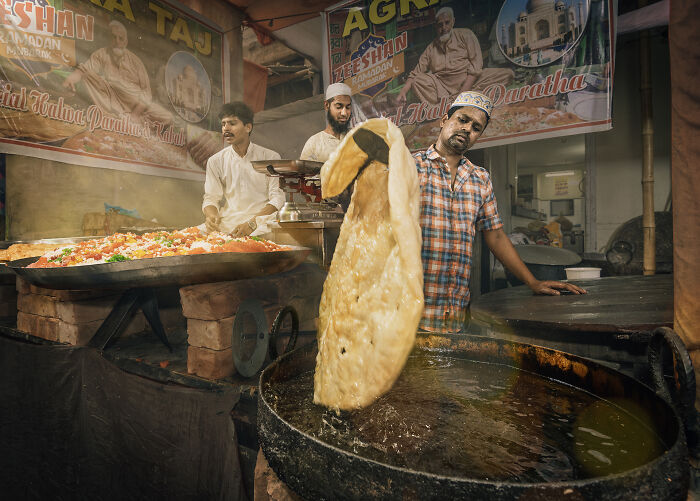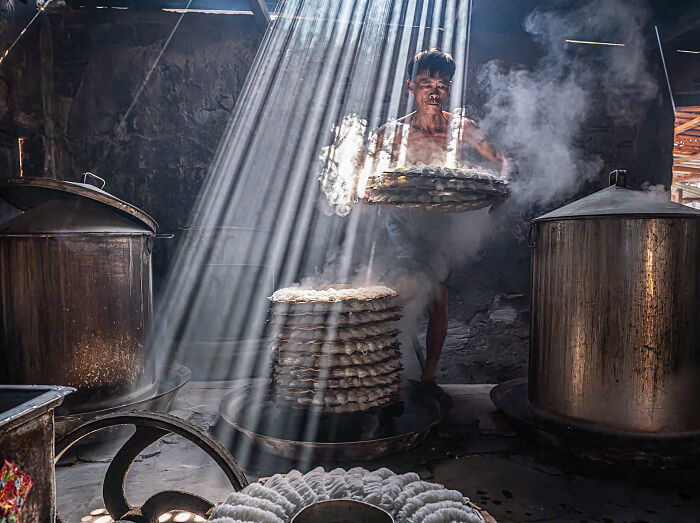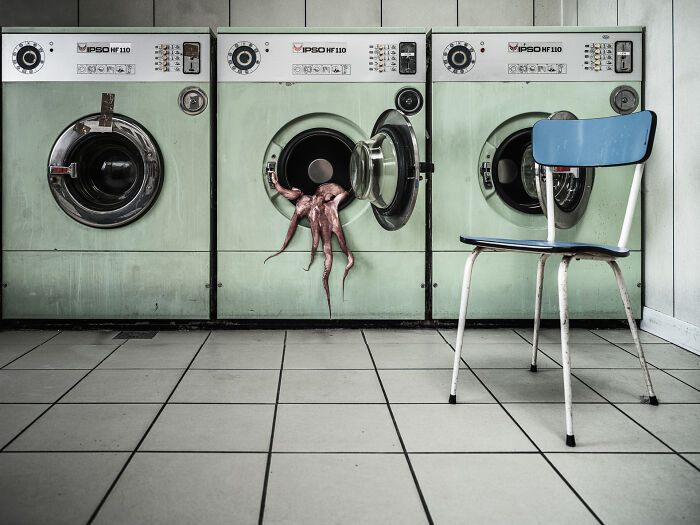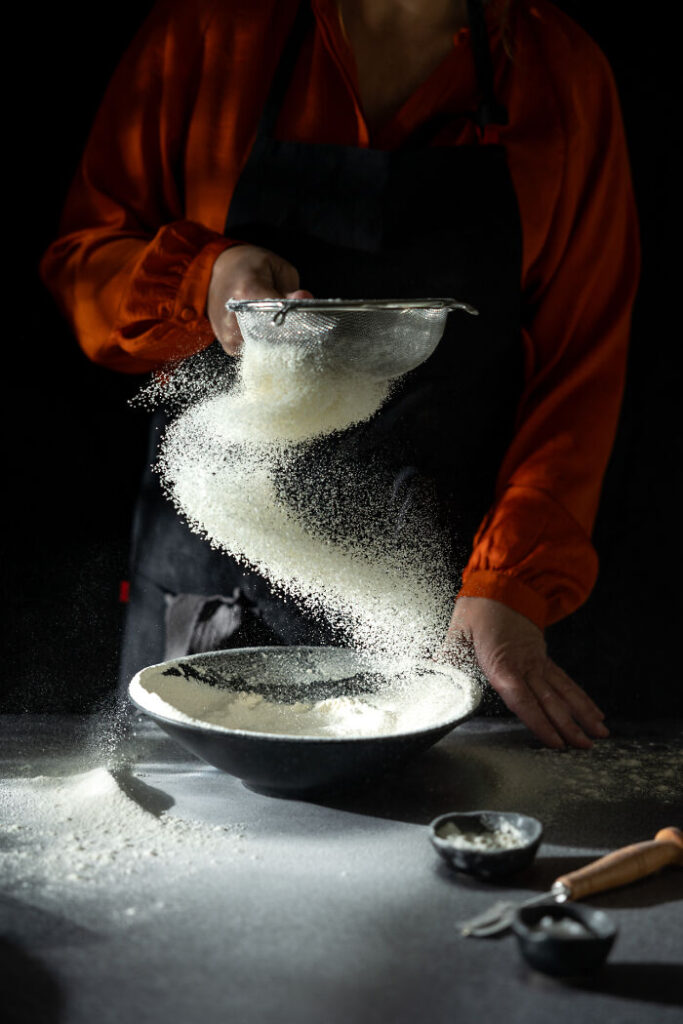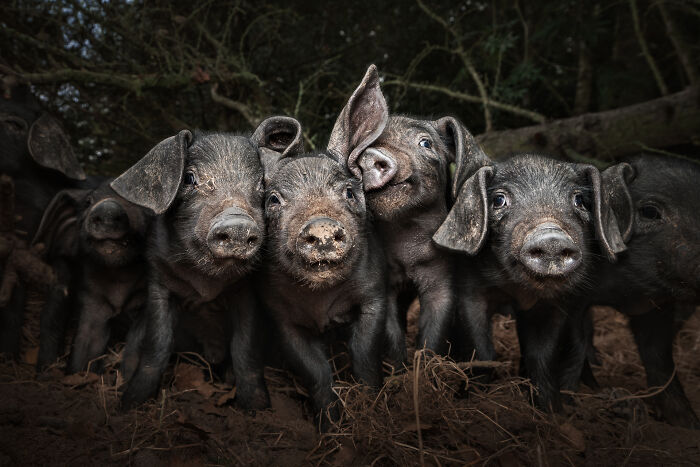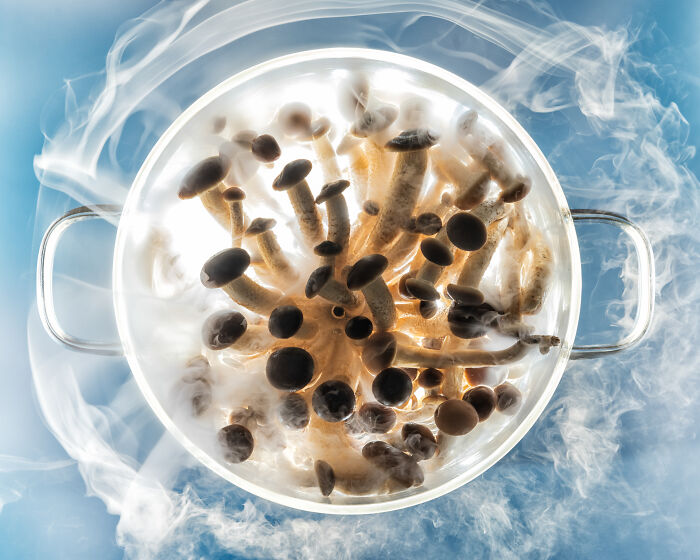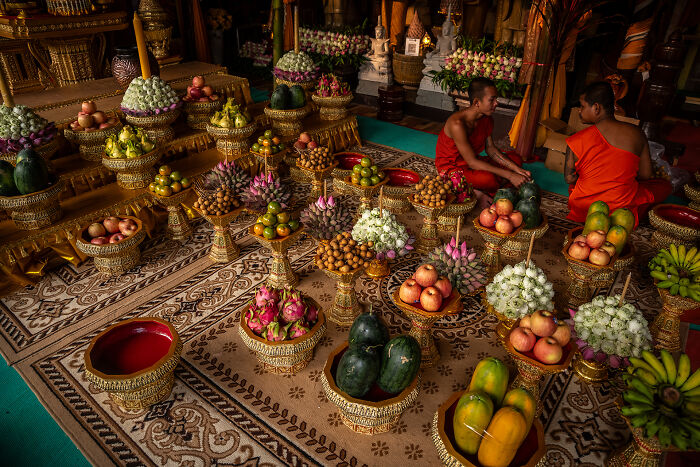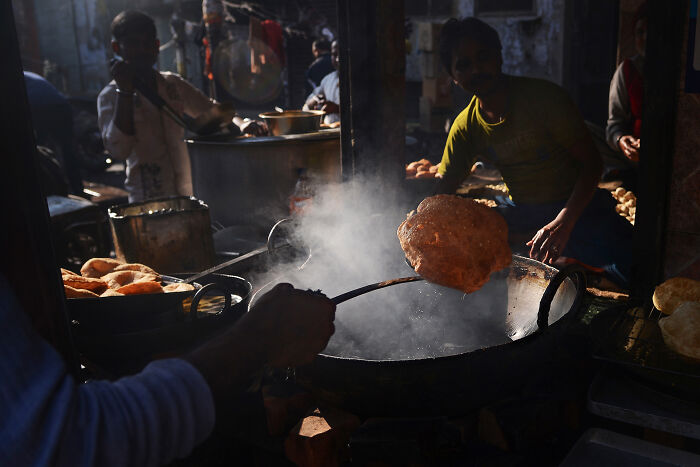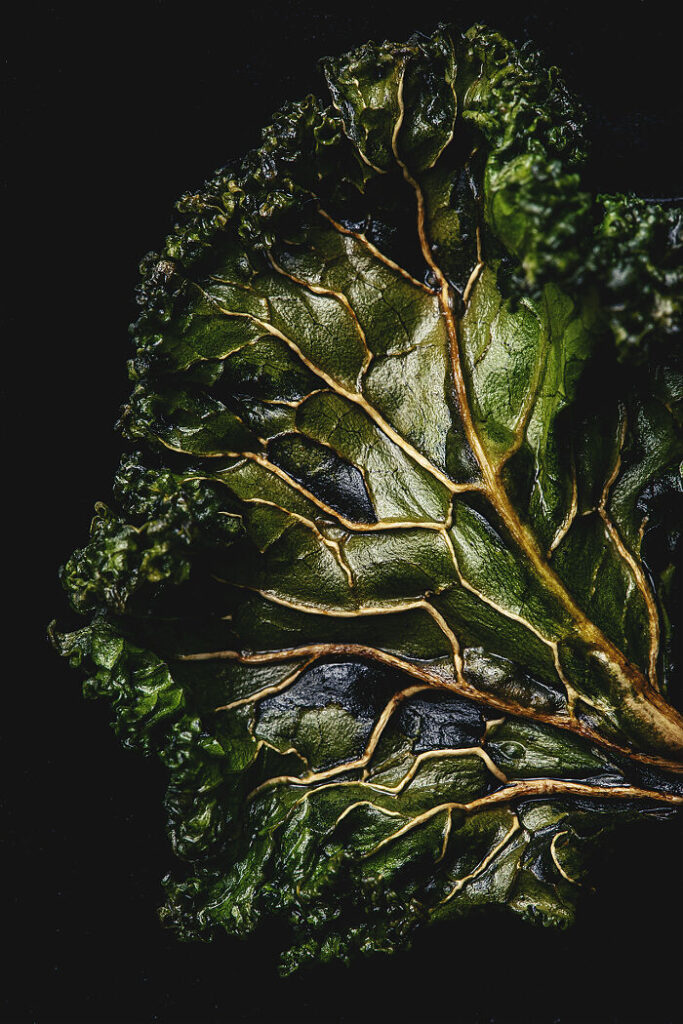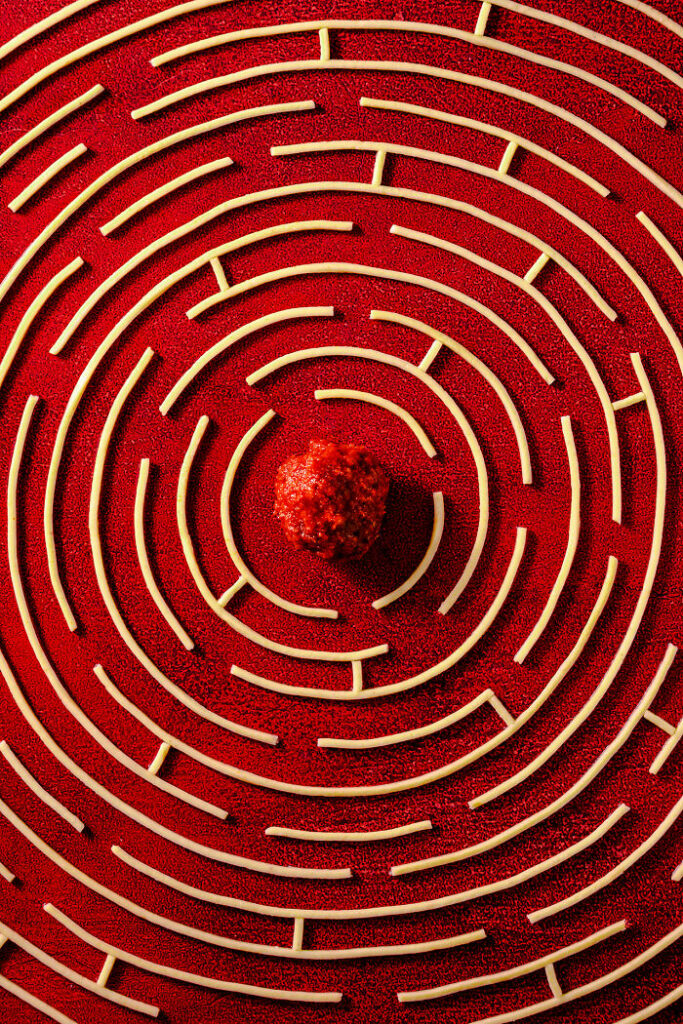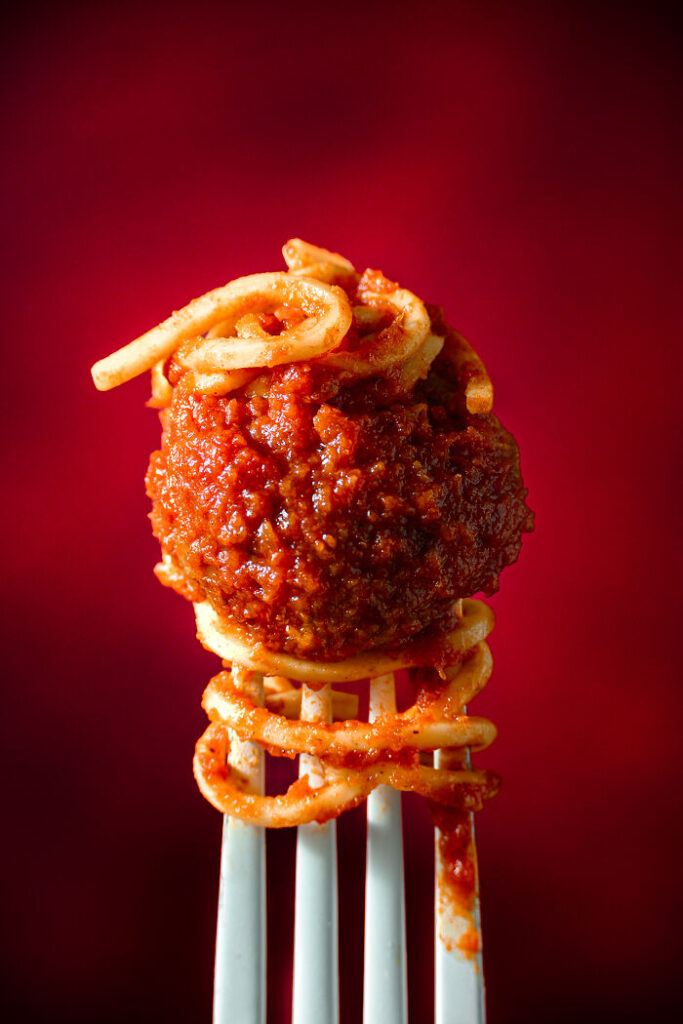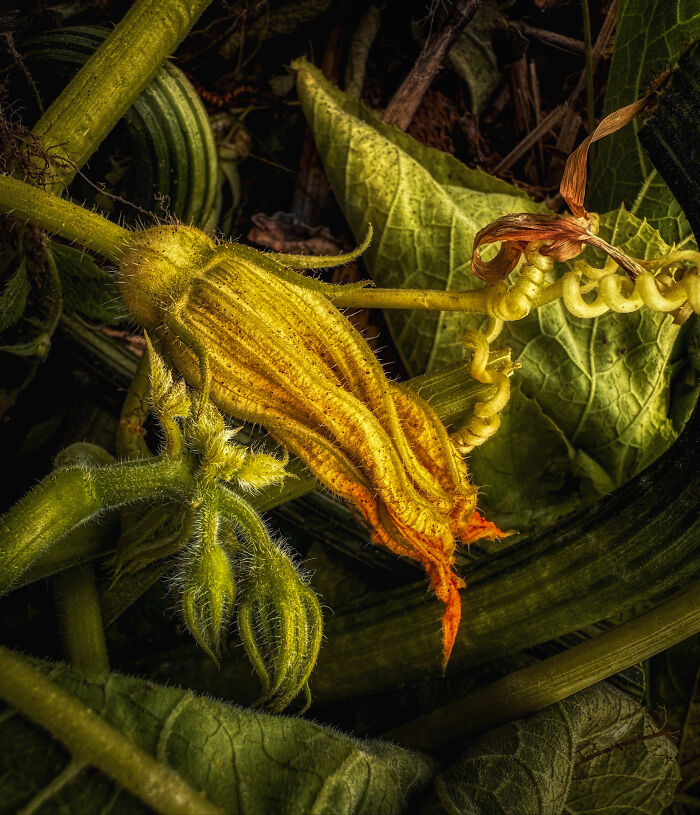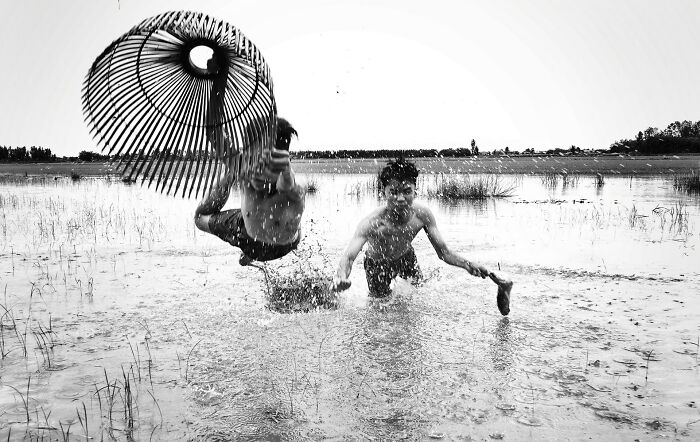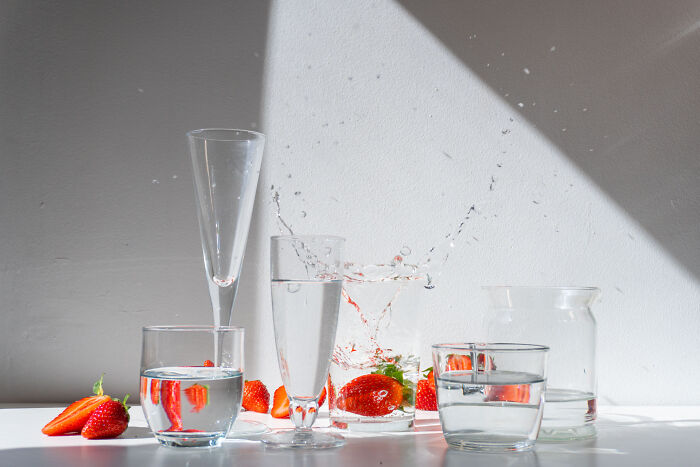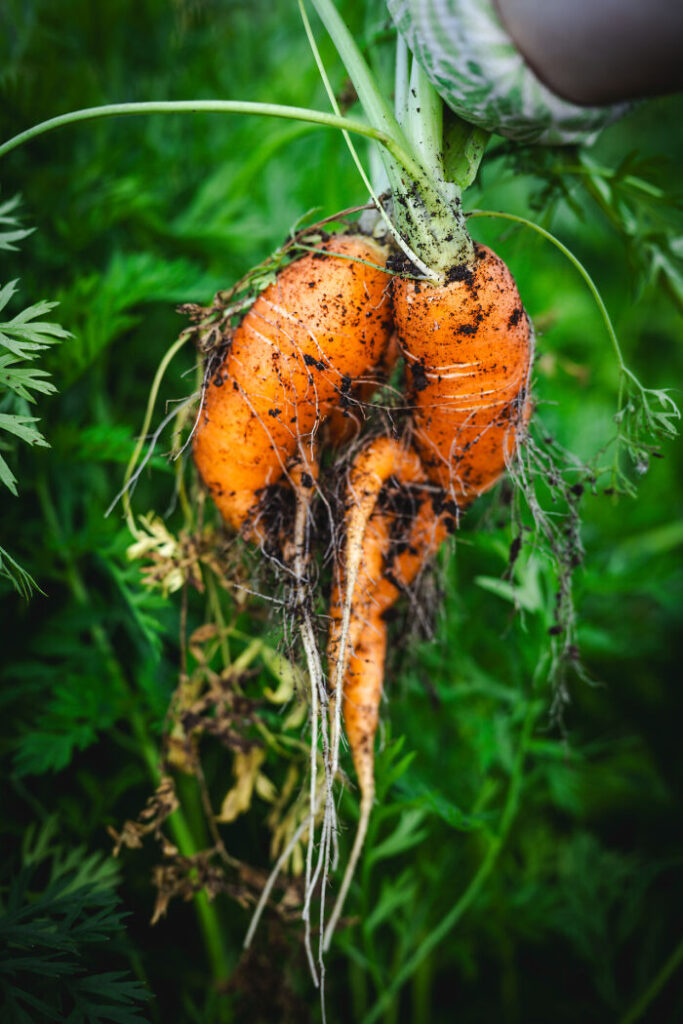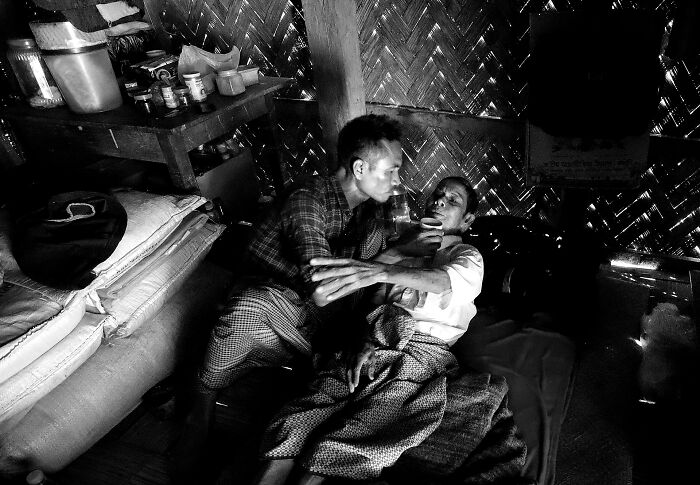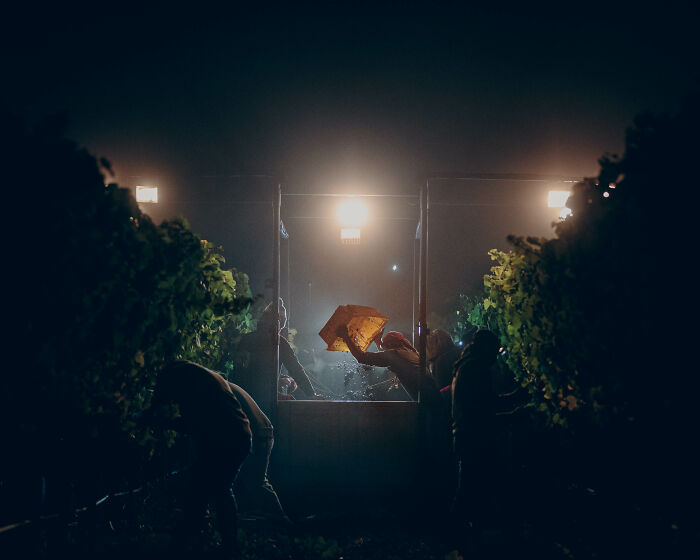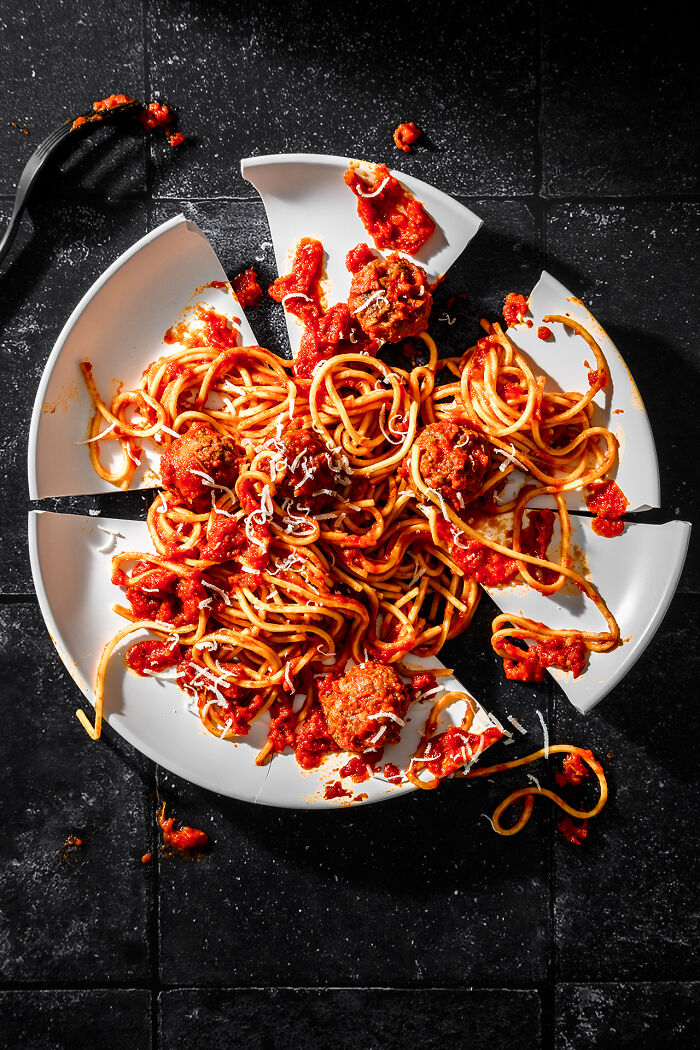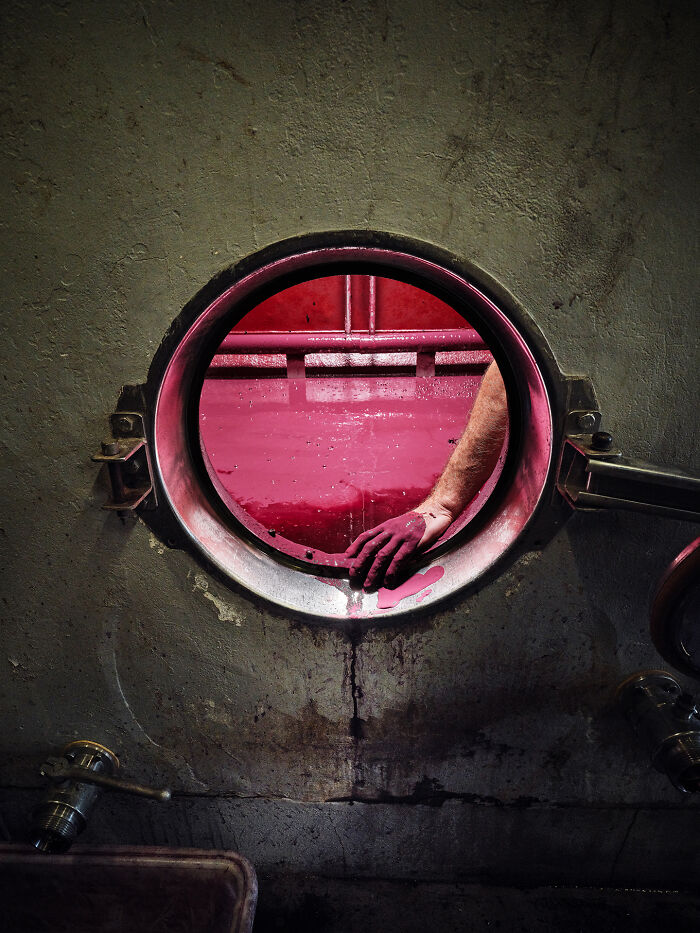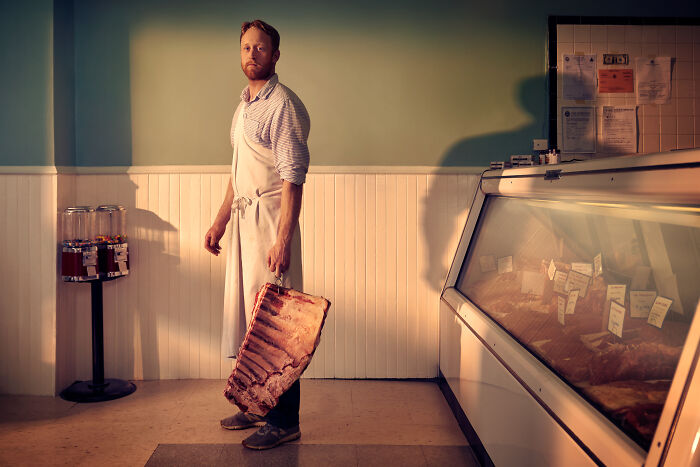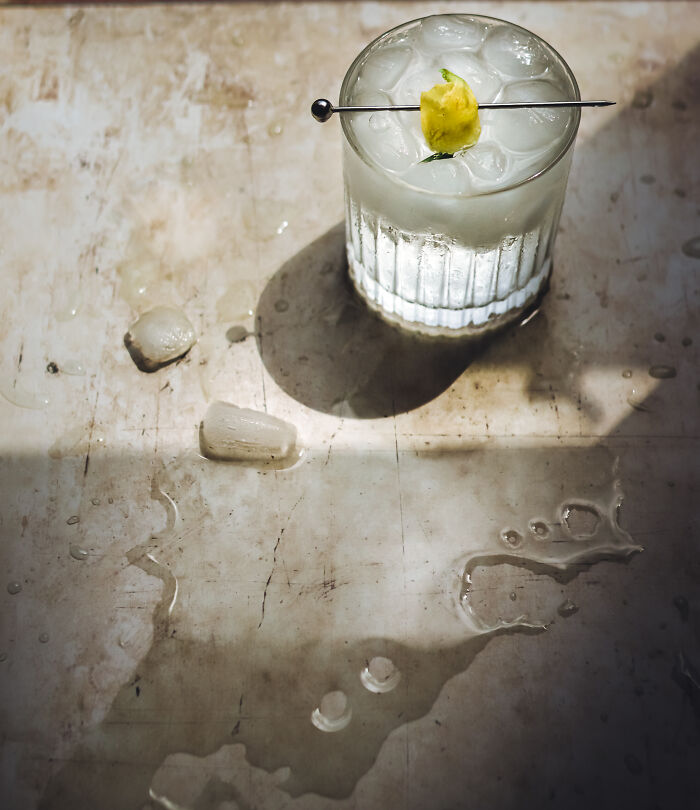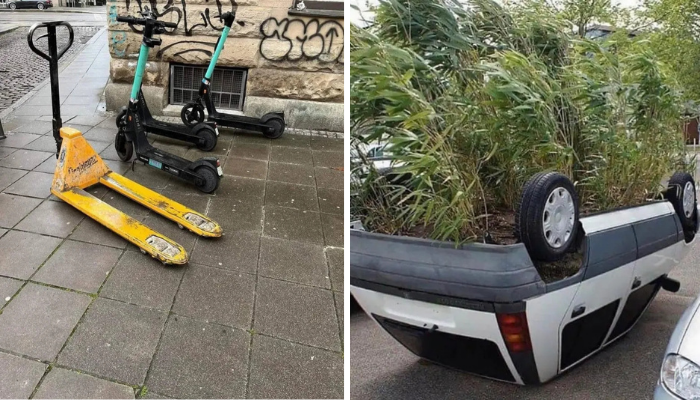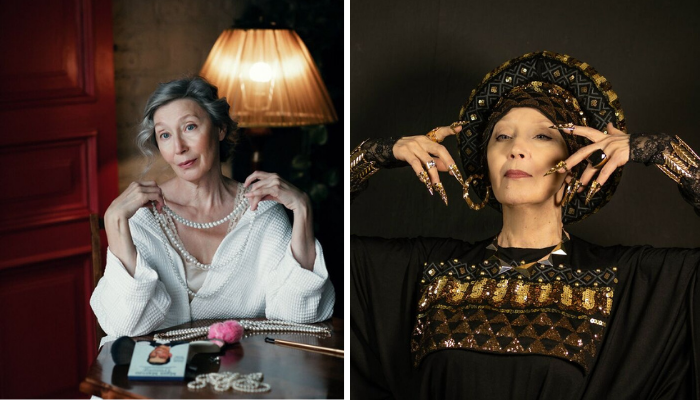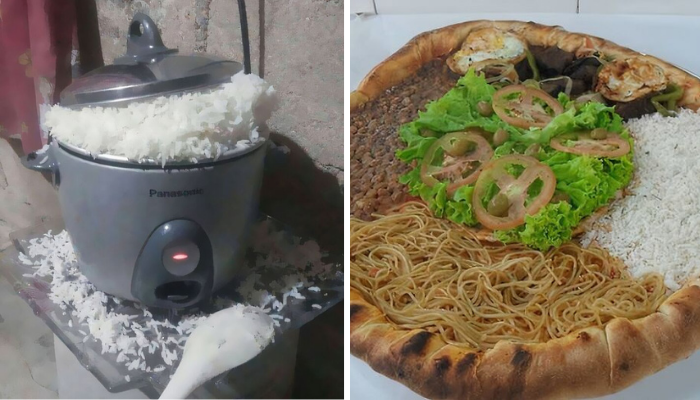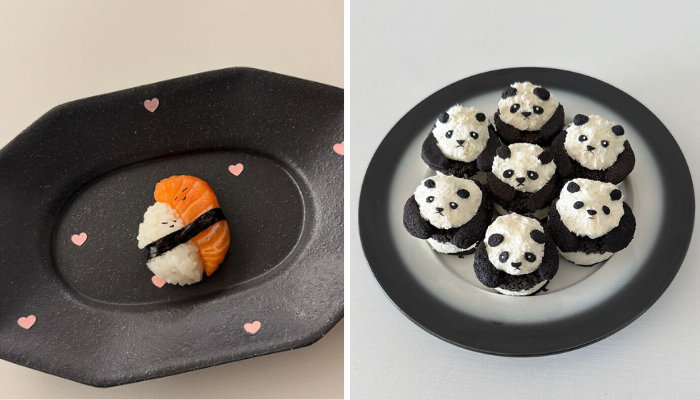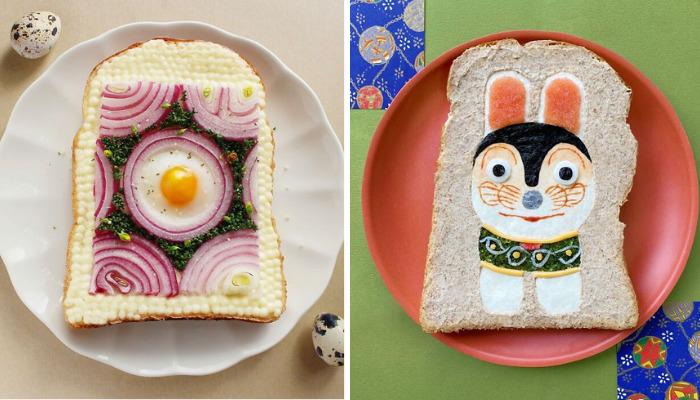The winners of the 2025 World Food Photography Awards, sponsored by Bimi®, have just been revealed! This year’s competition received nearly 10,000 entries from 70 countries, judged by a top international panel led by famous food photographer David Loftus.
The judging team included big names like Claire Reichenbach from the James Beard Foundation, Tom Athron of Fortnum & Mason, eco-chef Max La Manna, Rein Skullerud from the UN World Food Programme, and bestselling chef-author Mogau Seshoene.
A free public exhibition of all 185 finalist food photos will take place at The Mall Galleries in London from May 21–25. You can also catch select images at Fortnum & Mason from June 2 and at the Museum of the Home from June 3 to September 7.
Scroll down to see this year’s award-winning food photography and discover the stunning images that captured global attention.
More info: worldfoodphotographyawards.com | Instagram | youtube.com | x.com
#1
Bored Panda spoke with Pieter D’Hoop, a professional culinary photographer from Belgium, who created the image that won the MPB Award for Innovation at the 2025 World Food Photography Awards. His surreal and creative photo, titled ‘Laundry Day’, grabbed global attention.
When asked about his inspiration, Pieter shared:
“I’ve always been fascinated by octopuses—their intelligence, smooth movements, and strange, alien-like look.
I paired that with a laundromat—a place that’s repetitive, structured, and oddly photogenic. Mixing something wild and natural, like an octopus, with a clean and organized space created a surreal feeling I couldn’t ignore. It just made sense to me.”
This powerful combination of photo storytelling and artistic food photography helped his image stand out as one of the most creative entries this year.
#2
#3
Pieter D’Hoop’s winning photo blends humor, creativity, and a touch of discomfort, making it one of the most talked-about images from the 2025 World Food Photography Awards. We asked Pieter what emotions he hoped to spark in viewers with his surreal image ‘Laundry Day’.
He explained:
“With most of my images, including Laundry Day, my goal is to have fun while creating and to invite viewers on a small journey of curiosity. I’m not aiming for a specific emotion—I just hope people pause, tilt their heads, and think, ‘Wait, what am I looking at?’
If that moment leads to a laugh, a shiver, or even a bit of wonder, then the photo has done its job. I enjoy creating visuals that balance humor and discomfort—it keeps people curious and allows them to find their own meaning.”
Pieter’s work is a perfect example of visual storytelling in food photography, using imagination to create images that stand out and connect with people on a deeper level.
#4
#5
Next, Pieter D’Hoop shared more details about the creative process behind his award-winning photo ‘Laundry Day’. Surprisingly, bringing this imaginative idea to life happened much faster than expected.
“The first step was finding a laundromat willing to let me shoot there,” he said. “I thought it would be difficult, but the very first one I contacted said yes—as long as I cleaned up afterward, which was totally fair.”
Just a week later, Pieter returned with his camera gear—and an octopus. He set up his lighting, carefully arranged the octopus’s arms, and fine-tuned the scene for the perfect composition.
“From start to finish, the entire photo shoot took about 30 minutes. It was one of those rare moments where everything just clicked. No big problems—just a strange idea that turned out exactly how I imagined.”
This behind-the-scenes look shows how creative food photography doesn’t always require complex setups—sometimes, a bold concept and the right location are enough to create magic.
#6
#7
Finally, Pieter D’Hoop shared his personal thoughts on what innovation in photography means to him. He explained that innovation can take many forms—from new technology to fresh storytelling techniques. While he welcomes progress, Pieter also values stepping back from it.
“I’ve started shooting with analog cameras again,” he said, “as a kind of response to the rise of AI in photography. I believe artificial intelligence can be useful, but at the end of the day, I want to be the one creating. Using my own hands and eye is essential to how I work. That doesn’t mean I only shoot analog—it’s just something I enjoy adding to my creative process.”
Reflecting on what it meant to win the MPB Award for Innovation, the Belgian photographer said it was a meaningful recognition of the hard work and passion he puts into his craft.
“It’s a reminder to stay true to your creative vision, even if it’s different or less traditional. Sometimes, breaking the rules or going in your own direction leads to even better results. Winning this award encourages me to keep exploring, experimenting, and creating in my own way.”
Pieter’s approach is a powerful reminder that innovation in visual art isn’t just about technology—it’s also about mindset, creativity, and the courage to be original.


